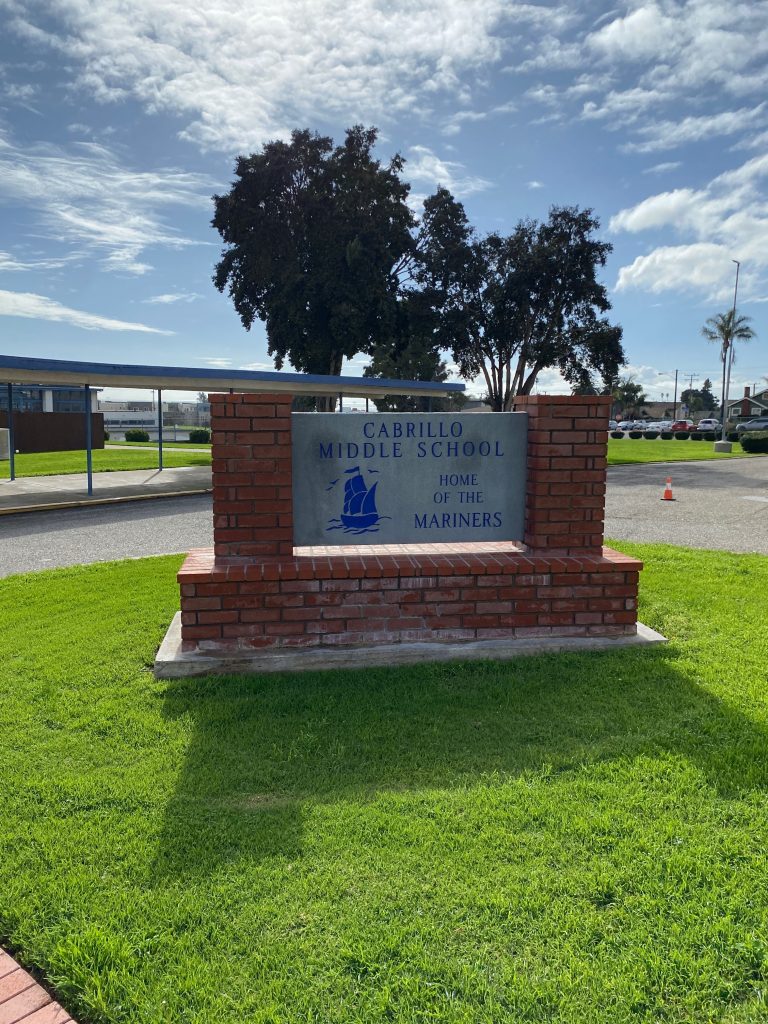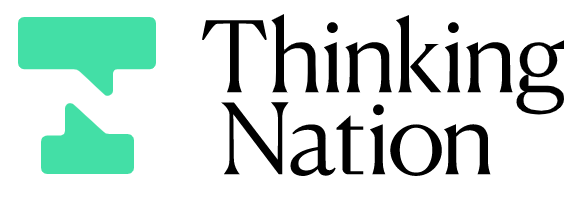
Thinking Nation Blog


Happy Teacher Appreciation Week!
· 3 min read
At Thinking Nation, we are so fortunate to work with such dedicated ed...
